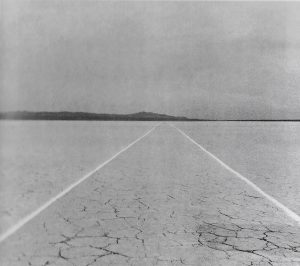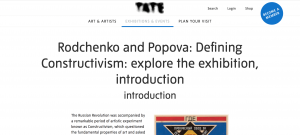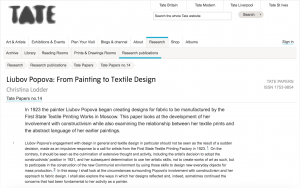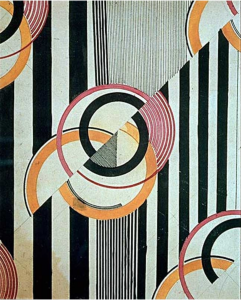For my first project, Deconstructed Geometry, I want to look at deconstructing the urban things that surround me like signs, road markings and general industrial patterns to see how they can be translated into knitwear for fashion. I went ahead and brought in some of what I had done during the summer project as I had picked a similar theme’s because it interests me deeply. Towards the end of that project, I homed in on the patterns that are used to warn and symbolise specific meaning on the roads. For example, road signs, road works, double yellow lines, road work fences, warning signs for unauthorised areas etc. I decided to revisit this and research further and inevitably I came across a photo of two parallel chalk lines drawn on a dry desert lake, in the book “After Constructivism” [1- Taylor, B]. Although slightly contrasting to my initial inquiry, the unnatural urban nature of the lines in that specific environment is what interested me as it showed a different take on the relationship between photography and place I had looked at earlier. The lines from my perspective give an urban and regimental feel to an otherwise isolated and bare environment. They give direction in an open field, almost like a road would in an urban area and this links hugely to the theme of geometry.

Walter De Maria, Mile-Long Drawing, 1968.
Two parallel chalk lines 4 inches wide, 12 feet apart and 1 mile long
This idea of structure in an urban area lead me to research the period of constructivism in art and design. I searched the internet, which proved to be the most helpful for finding a lot of information that was already filtered, and found the artists in this period didn’t necessarily believe in the abstraction of ideas, rather they wanted to link their ideas to tangible outcomes. A lot of the work dealt with social and economic problems and so art then became more practical and geometric. The outcomes of this were very much products of linear meaning, aka signs and posters guiding an individual to do something specific, like the road signs and warning signs I am interested in. To help add some context to this I found some constructivist artists through the Tate website [2], Alexander Rodchenko, and this then led me to an article on an artist turned Textile designer by the name of Liubov Popova.

[2] http://www.tate.org.uk/whats-on/tate-modern/exhibition/rodchenko-popova/rodchenko-and-popova-defining-constructivism

[3]http://www.tate.org.uk/research/publications/tate-papers/14/liubov-popova-from-painting-to-textile-design

[4] Textile Design, 1924
Pencil and Ink on Paper
234 x 191 mm
Private Collection
Found on: http://www.tate.org.uk/research/publications/tate-papers/14/liubov-popova-from-painting-to-textile-design
Bibliography
- After Constructivism- Brandon Taylor. Yale University Press, London and New Haven. 2014
- http://www.tate.org.uk/whats-on/tate-modern/exhibition/rodchenko-popova/rodchenko-and-popova-defining-constructivism Accessed: 17/10/17
- http://www.tate.org.uk/research/publications/tate-papers/14/liubov-popova-from-painting-to-textile-design Accessed: 17/10/17
